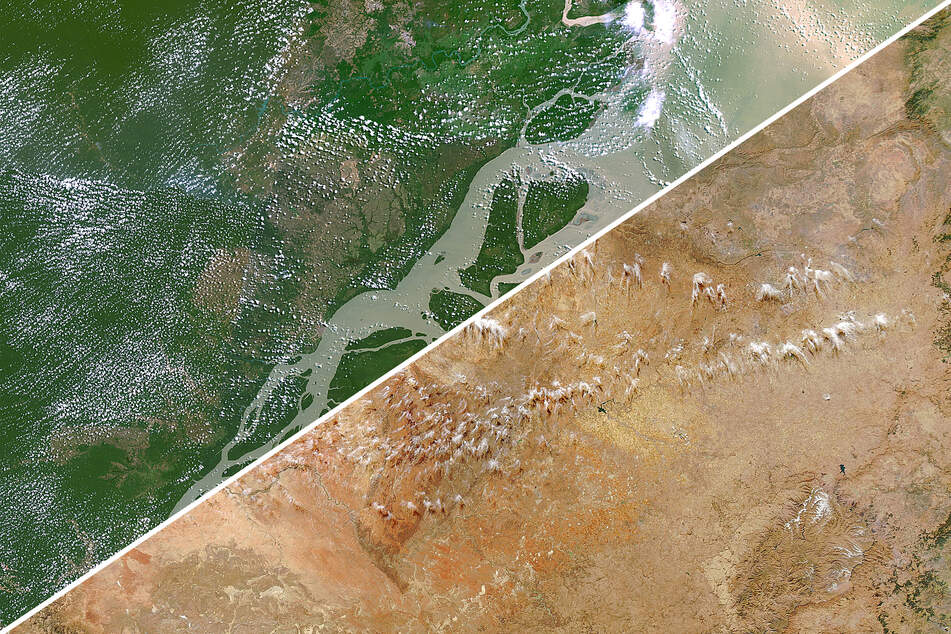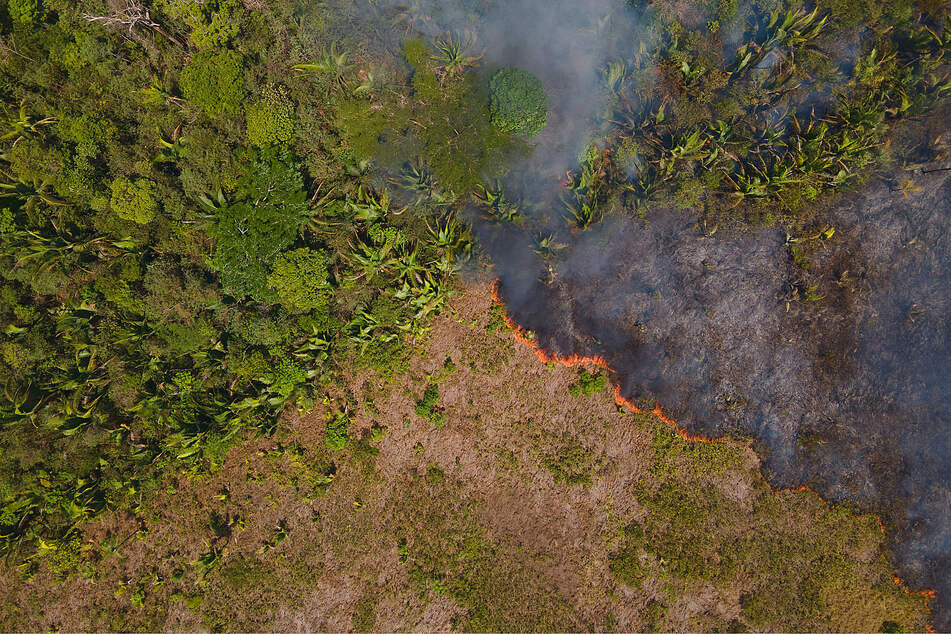Amazon rainforest at risk of turning into a savanna in our lifetime
Brazil - The largest rainforest on the planet is in danger of losing its lush tree cover. That massive change would rock the face of the climate crisis.

A Nature study, seen by the Washington Post, found that the Amazon rainforest has nearly lost its ability to bounce back from destructive logging practices, forest fires, and drought.
The study took 15 years of data on the verdant rainforest and figured out that more than 75% of the rainforest is barely able to regenerate.
The main culprits for the Amazon rainforest's sluggish regeneration are directly related to human activity.
Dry spells and multiple heavy droughts hit the Amazon during the scope of the study, and the team says that the increase in dry conditions were due to climate change.
Areas with less reliable water reserves, as well as parts of the forest closer to cities and infrastructure, were also particularly slow to regrow.
Without the resilience to regrow fully, the Amazon is headed towards a tipping point, after which the whole ecosystem will be irreversibly changed into a dry treeless savanna, which the study says could happen abruptly in the next decades.
Niklas Boers, who worked on the study and focuses on climate impact, told the Washington Post that you can think about a tipping point like leaning back in your chair.
Once you tilt back too far, you're headed for the floor, unable to stop the fall. At that point, it is harder or impossible to flip your chair back up onto all four legs then if you had stopped the tilt earlier.
What's after the tipping point?

The Amazon rainforest is bigger than the next two largest rainforests combined, and is home to nearly 400 billion trees, and about 10% of all living animal species.
But if the Amazon's trees dry out, burn down, and die faster than new trees can replace them, most of those species would go extinct.
The bad news would continue, because the rainforest is also one of the largest natural carbon sinks in the world, storing an estimated 123 billion tons of CO2.
However, that storage already has a leak, and senior Brazilian climate researcher Luciana Gatti told NPR that the Amazon is now officially emitting more CO2 than it stores.
If the rainforest were to fully die off and change into a savanna, it would release enough greenhouse gases to equal the world's emissions for several years.
After losing so much tree cover, the natural weather loop in the Amazon would disappear, too. Gone would be the days of rising water vapor forming new clouds, which then release rain all over the forest.
The study's authors did note that staving off disaster has some clear steps, including reducing land use in the rainforest, and leaving the chainsaws in the shed.
The grim study on the Amazon's ability to regrow has a silver lining, because it shows world leaders a detailed picture of what is at risk, and what needs to change in order to prevent the rainforest from reaching a tipping point.
Cover photo: Collage: IMAGO / agefotostock, StockTrek Images